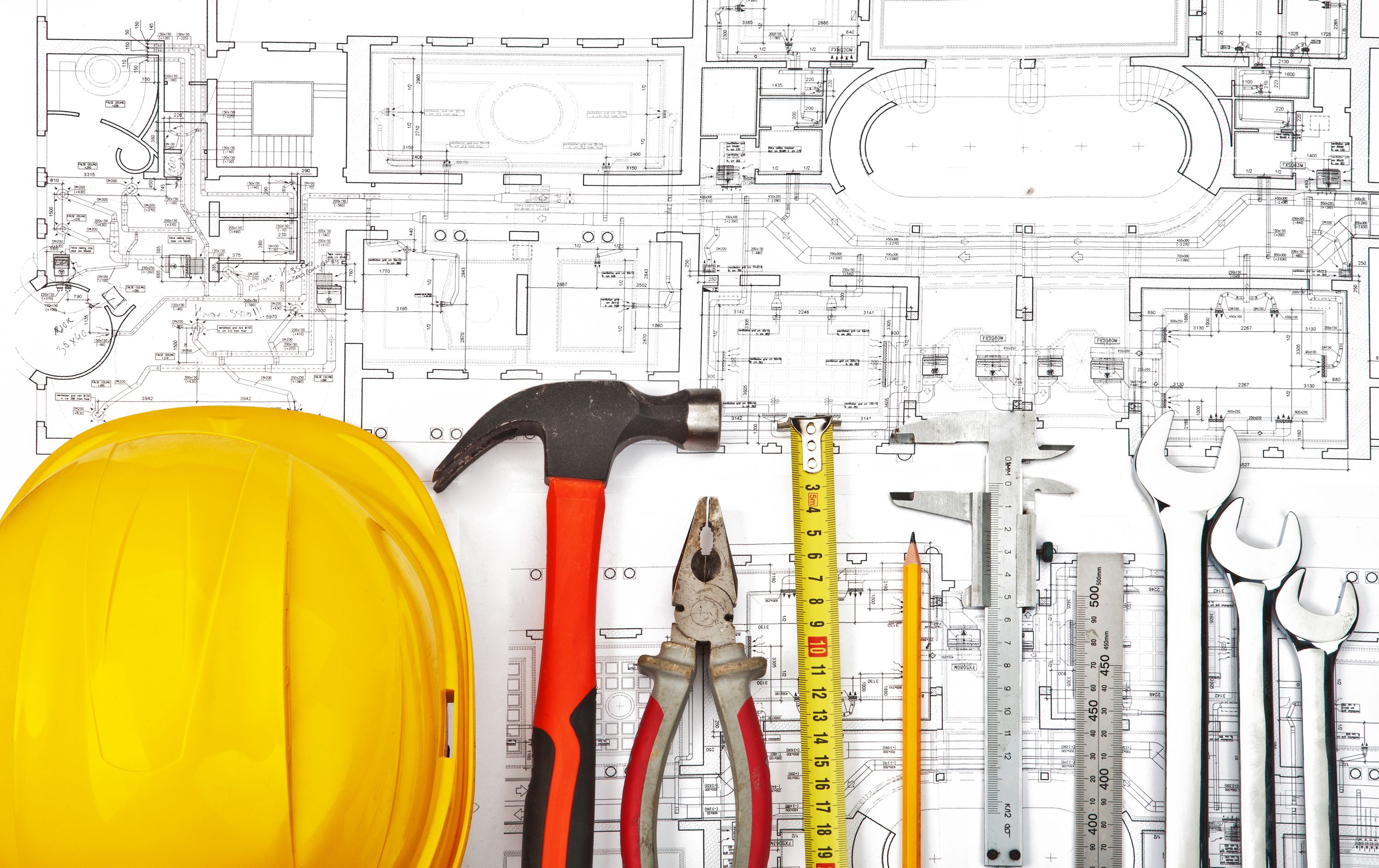Title Page
-
Conducted on
-
Prepared by
-
Location
-
Project:
-
All exits provide free and unobstructed egress.
-
Medical emergency response teams have free and unobstructed access to the project site.
-
All fire alarm pull stations are in operable condition.
-
The construction crew has been oriented to fire procedures in accordance with organization policies and procedures.
-
The temporary fire alarm or suppression system has been inspected monthly.
-
All construction partitions are air tight from ceiling to floor and are negatively pressured.
-
All fire extinguishers are fully charged, tagged with current year, and inspected / initialed monthly.
-
There is no evidence of smoking in or around the construction site.
-
Combustible/Flammable liquids are limited and stored in fire cabinets.
-
There is no more than one set of oxygen/acetylene cylinders stored on the project site.
-
All workers have temporary identification badges.
-
Contractors are practicing appropriate storage and housekeeping to control combustible loading in the project site.
-
Carts are covered when removing debris/trash from the worksite.
-
Permits and signs are posted at the entrance of the project to restrict unauthorized entry.
-
Hot work permits have been issued for all hot work.
-
Project exit/entrance doors are closed and latched.
-
There is no standing water at the work site.
-
There are appropriate warning signs posted in and around the project site.
-
All sources of return ventilation have been sealed.
-
All unnecessary electrical equipment turned off at the end of the work shift.
-
Appropriate construction personal protective equipment is worn by all persons entering the project work site (e.g. hard hats, safety vests, goggles, etc.).
Interim Life Safety Measures
When the hospital identifies Life Safety Code deficiencies that cannot be immediately corrected or during periods of construction, the hospital does the following:
-
The hospital evacuates the building or notifies the fire department (or other emergency response group) and initiates a fire watch when a fire alarm system is out of service more than 4 out of 24 hours or a sprinkler system is out of service more than 10 hours in a 24-hour period in an occupied building. Notification and fire watch times are documented.
-
Posts signage identifying the location of alternative exits to everyone affected.
-
Inspects exits in affected areas on a daily basis. The need for these inspections is based on criteria in the hospital's interim life safety measure (ILSM) policy.
-
Provides temporary but equivalent fire alarm and detection systems for use when a fire system is impaired. The need for equivalent systems is based on criteria in the hospital's interim life safety measure (ILSM) policy.
-
Provides additional firefighting equipment. The need for this equipment is based on criteria in the hospital's interim life safety measure (ILSM) policy.
-
Uses temporary construction partitions that are smoke-tight, or made of noncombustible or limited-combustible material that will not contribute to the development or spread of fire. The need for these partitions is based on criteria in the hospital's interim life safety measure (ILSM) policy.
-
Increases surveillance of buildings, grounds, and equipment, giving special attention to construction areas and storage, excavation, and field offices. The need for increased surveillance is based on criteria in the hospital's interim life safety measure (ILSM) policy.
-
Enforces storage, housekeeping, and debris-removal practices that reduce the building’s flammable and combustible fire load to the lowest feasible level. The need for these practices is based on criteria in the hospital's interim life safety measure (ILSM) policy.
-
Provides additional training to those who work in the hospital on the use of firefighting equipment. The need for additional training is based on criteria in the hospital's interim life safety measure (ILSM) policy.
-
Conducts one additional fire drill per shift per quarter. The need for additional drills is based on criteria in the hospital's interim life safety measure (ILSM) policy.
-
Inspects and tests temporary systems monthly. The completion date of the tests is documented. The need for these inspections and tests is based on criteria in the hospital's interim life safety measure (ILSM) policy.
-
The hospital conducts education to promote awareness of building deficiencies, construction hazards, and temporary measures implemented to maintain fire safety. The need for education is based on criteria in the hospital's interim life safety measure (ILSM) policy.
-
The hospital trains those who work in the hospital to compensate for impaired structural or compartmental fire safety features. The need for training is based on criteria in the hospital's interim life safety measure (ILSM) policy.
-
Note: Compartmentalization is the concept of using various building components (for example, fire-rated walls and doors, smoke barriers, fire-rated floor slabs) to prevent the spread of fire and the products of combustion so as to provide a safe means of egress to an approved exit. The presence of these features varies, depending on the building occupancy classification."
-
The hospital's policy allows the use of other ILSMs not addressed above: (Specify).
EOC and Infection Control
-
Other Environment of Care/Life Safety observations:
-
Other Infection Prevention and Control observations:
-
Miscellaneous comments and observations:














